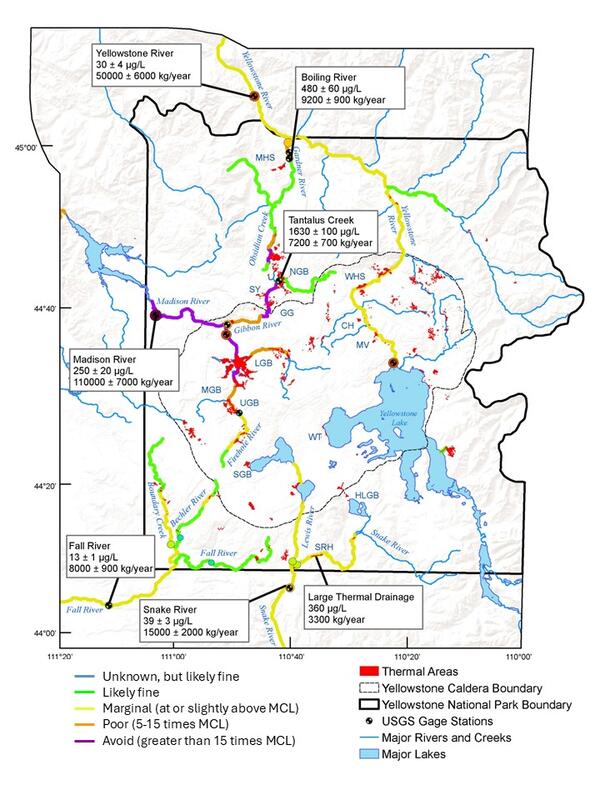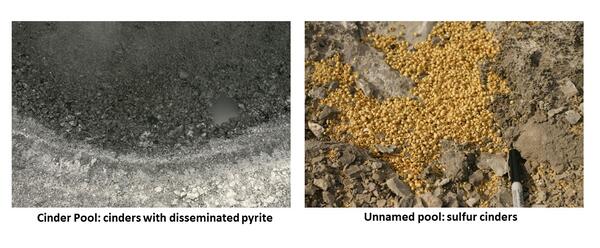Blaine McCleskey started his career with the U.S. Geological Survey in 1997 as a chemist in the National Research Program. In 2010, he obtained a Ph.D. from the University of Colorado where he developed a method to calculate the electrical conductivity of natural waters from its chemical composition. He is currently involved in several research projects in Yellowstone National Park, a wildfire affected watershed, and acid mine drainage sites.
Education
B.S. - Biochemistry, College of Charleston, SC, 1995
M.S. - Environmental Studies (Science track), University of Charleston, SC, 1997
Ph.D. - Environmental Engineering (Hydrologic Sciences Program), University of Colorado, 2010
Blaine McCleskey also runs and maintains the USGS Redox Chemistry Laboratory, where analytical methods for determining the redox distributions of iron, arsenic, chromium, and antimony have been developed (see puplished methods below). In addition, the lab supports many USGS projects by providing iron, arsenic, chromium, antimony, and selenium redox determinations. The lab is equipped with an ICP-AES, IC, GFAAS, HGAAS, UV-VIS spectrophotometer, and an autotitrator and we are capable of determining most inorganic constituents and specialize in difficult matrices (acid mine waters, geothermal waters, and saline waters).











